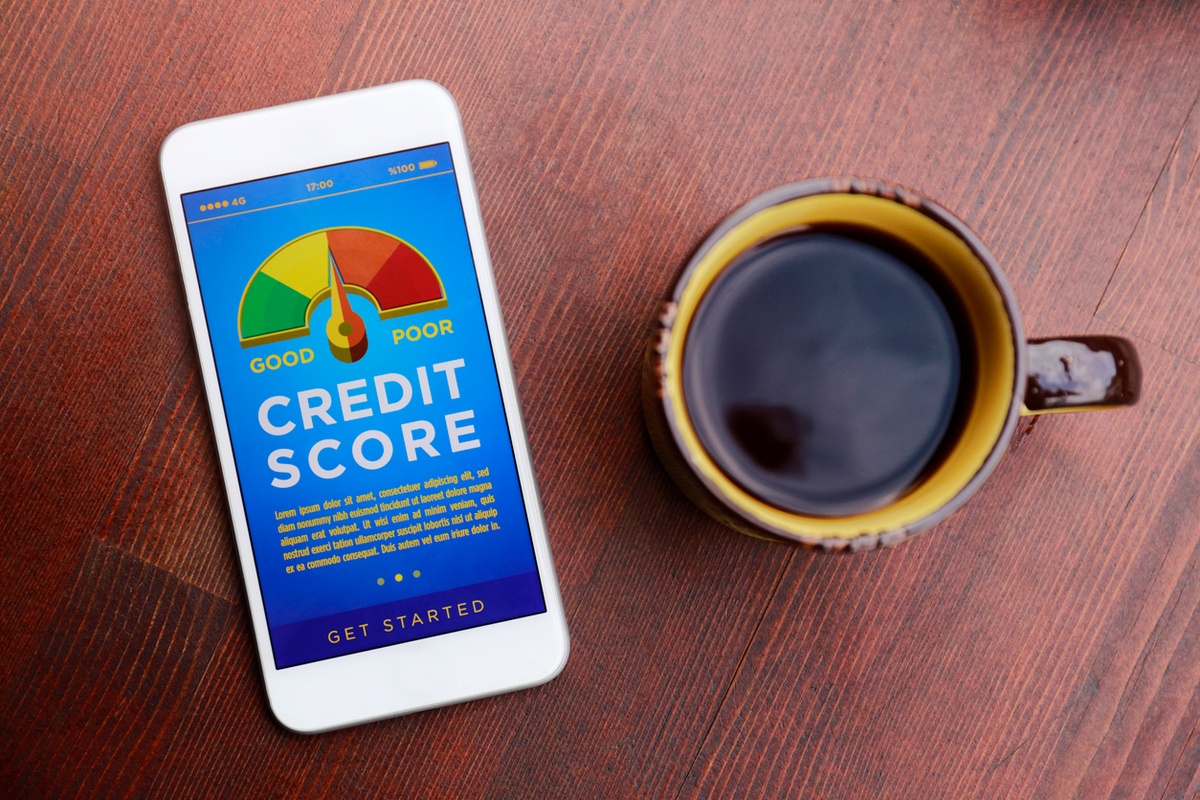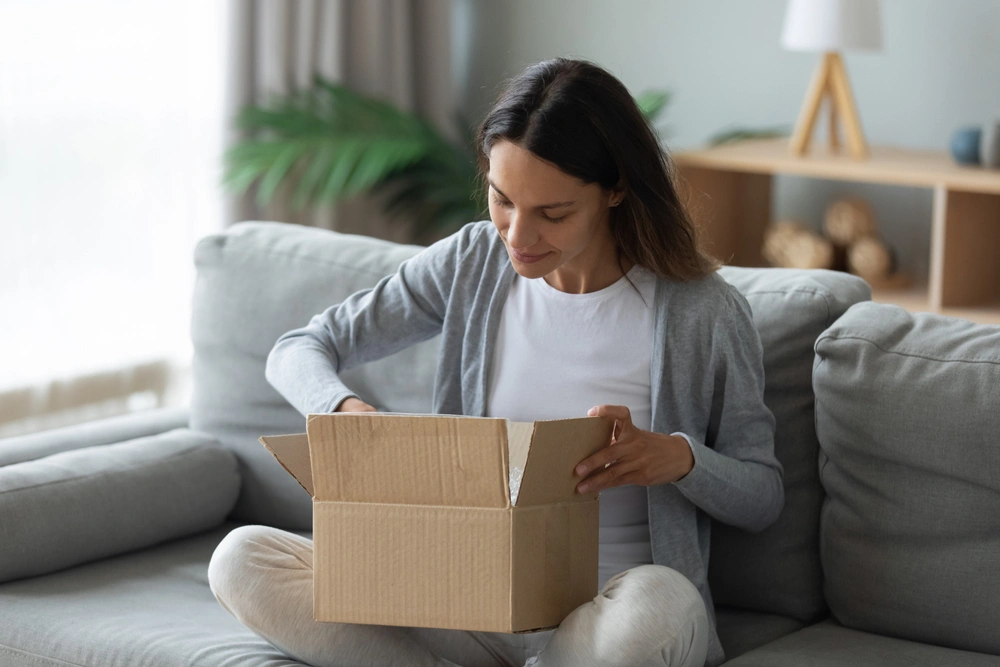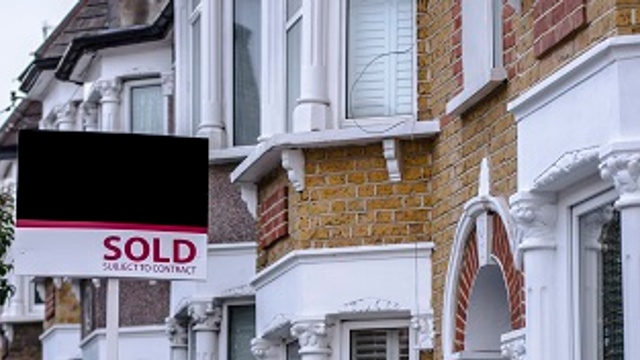House hunting means visiting many properties before finding your perfect match. Often, a seller's furniture or décor catches your eye, raising an important question: what actually stays when you get the keys?
Let's explore what sellers typically leave behind when you open your new front door for the first time.
Know your rights
💡Property sales follow a basic rule: sellers can take anything that isn't permanently fixed to the property, unless you both agree otherwise.
Note: Rules can vary in different regions of the UK. Check with your local real estate agent about specific rules in your area.
With today's high moving costs and growing environmental awareness, more sellers now include furniture and appliances in home sales. However, never assume what will stay - always ask directly!
Home content checklists go digital
Today's home buyers use digital checklists. Your agent or conveyancer can make a list with photos of everything that will stay in the home.
Many property apps now have features where sellers can list exactly what comes with the house. This makes things clear before you move in.
This checklist becomes part of your legal purchase agreement. It stops any mix-ups on moving day.
What usually stays?
Fixed items that typically remain include:
- Toilets, baths, and showers
- Radiators and heating systems
- Built-in wardrobes and shelving
- Kitchen appliances (especially built-in ones)
- Carpets and hard flooring
- Smart home devices (often negotiable)
- EV charging points
- Solar panels and energy storage systems
Items sellers usually take include:
- Beds and sofas
- Dining tables and chairs
- Free-standing appliances (unless agreed)
- Decorative items
- Personal smart devices
Remember that smart home systems now create new questions! Ask specifically about smart thermostats, security cameras, and home automation hubs - these fall into a gray area between fixtures and personal items.
Ask about sustainability features
With more homes featuring solar panels, battery storage, heat pumps, and energy efficiency upgrades, make sure you understand what stays and how to operate these systems.
Many sellers now leave instruction manuals or provide digital handovers for these features. Some even offer a virtual walkthrough to show you how everything works.
Make offers for items you love
If you spot furniture or appliances that fit perfectly in the space, simply ask if the seller would sell them. Many people moving these days downsize or relocate long distances, making it practical to leave larger items behind.
Your estate agent can help negotiate these items as part of your offer. This happens all the time and can save both parties hassle and money!
Tools that make agreements clear
After you create your home content checklist, you'll use digital tools to make it official. These tools let both parties mark and agree on what stays with the house.
These platforms work with your digital checklist to create a complete record of your agreement. Ask your agent which tools they use to keep track of these details.
Enjoy your move!
Moving homes today offers more flexibility than ever before. Clear communication about what stays with the property helps create a smooth transition for everyone.
Remember to ask questions, get everything in writing, and stay positive. Soon you'll be enjoying your new home - with everything you expected in it!
Disclaimer: This article provides general information only. It is not legal advice. Always consult with a qualified legal professional for advice specific to your situation.
Fiona is a personal finance writer with over 7 years’ experience writing for a broad range of industries before joining Ocean in 2021. She uses her wealth of experience to turn the overwhelming aspects of finance into articles that are easy to understand.
![Email icon]()
Become a money maestro!
Sign up for tips on how to improve your credit score, offers and deals to help you save money, exclusive competitions and exciting products!
Find this useful? Share it with others!









